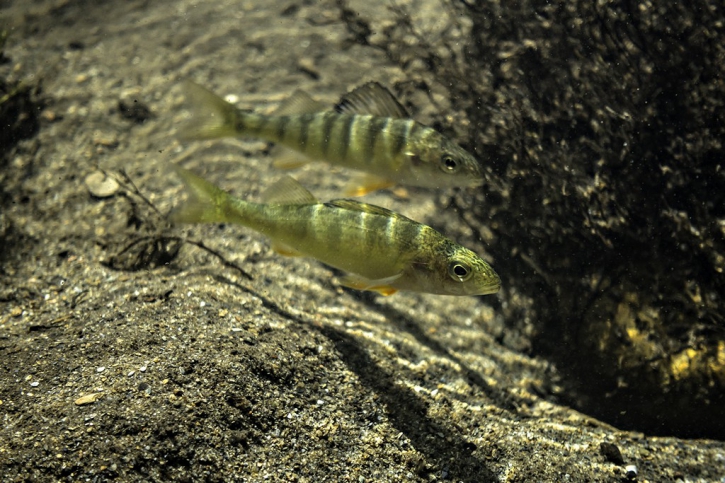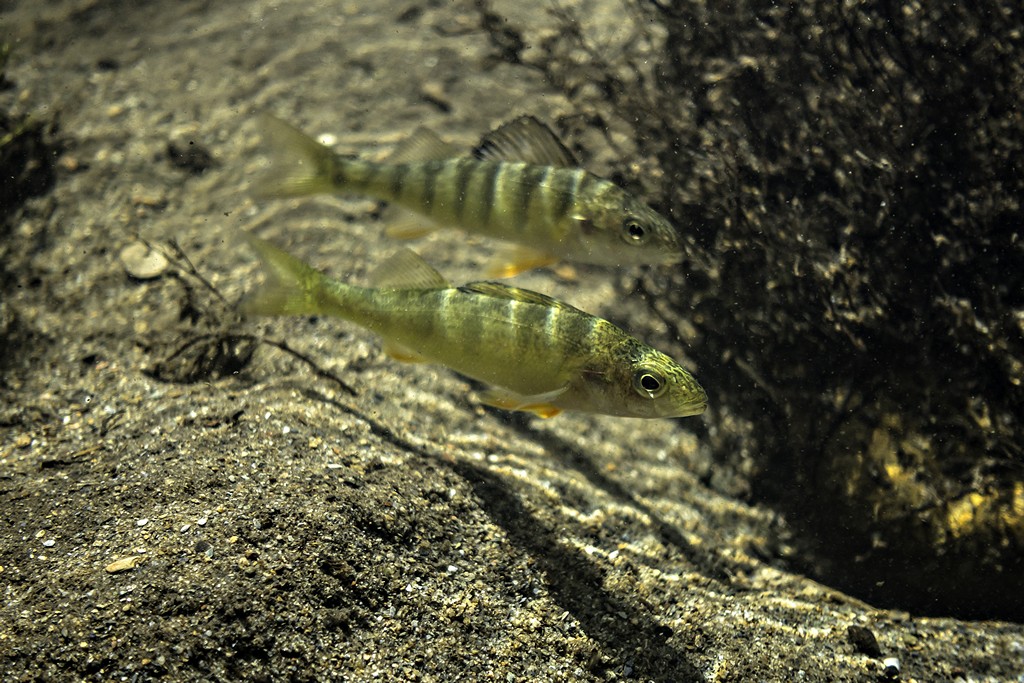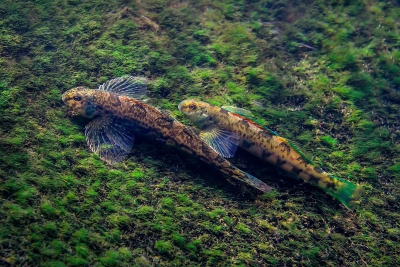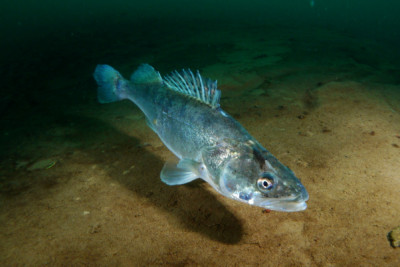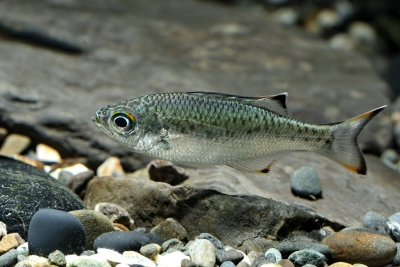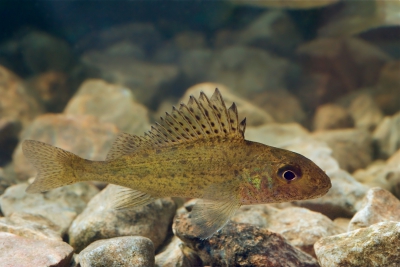Introduction
The Perca flavescens, more commonly known as the yellow perch or yellow perch, is a cold-water predatory species native to North America.
Who is it?
Morphology
-
Average size20 cm
-
Maximum size50 cm
-
Longevity20 year
-
Average size20 cm
-
Maximum size50 cm
-
Longevity20 year
How to recognize This fish ?
The yellow perch measures between 20 and 50 cm.
Sexual dimorphism
At equal age, the female is larger than the male.
Behaviour & Life cycle
-
dietcarnivorous
-
Sociabilityliving in small groups
-
territorialNo
-
Way of livingdiurnal
The yellow perch is mainly a carnivore, but it also feeds on crayfish and benthic organisms like insect larvae. This species exhibits frequent cannibalism.
In their early years, young yellow perch hunt in groups by encircling small fish trying to escape by leaping out of the water in all directions (unlike pike which scatter prey in a fan-like attack). Later, adult yellow perch (likely having devoured many competitors) hunt by ambush and are among the top predators in their environment.
Reproduction
-
Reproductionovipare qui pond sur substrat découvert
This species reproduces between February and July. The female spawns in shallow areas (<12 meters) on branches or plants. The eggs are immediately fertilized by several males.
Its reproductive mode is quite unique: the female deposits an "egg ribbon" on various supports like branches or plants before males come to fertilize the spawn.
Upon hatching, the larvae migrate to dark areas where they find abundant food. Juveniles return to the shoreline after two months and seek shelter in dark zones. Young fry only feed on zooplankton (rotifers, water fleas, copepods). Adult yellow perch are generally the most dangerous predators for the young fry.
Harmless species
This species does not represent any particular threats to humans when encountered in its natural environment.
Origin and distribution
Geographic distribution & Conservation
The yellow perch is abundant in the northern United States and Canada. It can be found as far south as South Carolina, in the Santee River.
It has been introduced to several countries for sport fishing where it has caused various ecological issues. It is sometimes raised for its quality flesh.
Conservation status of populations (IUCN)
What is its habitat?
Natural environment characteristics
-
Temperature4 - 31 °C
-
pH (acidity)7 - 7.5
-
gh (hardness)8 - 12
-
FlowMedium and Slow
Biotope presentation
Like many fish, the yellow perch follows seasonal movements, frequenting deep areas in winter and moving closer to shore in spring. It is very prolific, and in closed environments where it has been introduced without predators, it can become invasive and often suffers from dwarfism.
It mainly inhabits vegetated to sparsely vegetated environments and can be found in brackish water.
To go further
Sources & Contributions
Participation & Validation
The Fishipedia team and specialist contributors are committed to providing high-quality content. However, although the information comes from scientific sources or testimonials from specialists, the cards may contain inaccuracies.

Anne-Cécile Monnier

Benoit Chartrer
Translation
Translation done with the valuable contribution of our translators, who make this information available to a wider audience. We sincerely thank them for their commitment.
Scientific partners
Species of the same family
